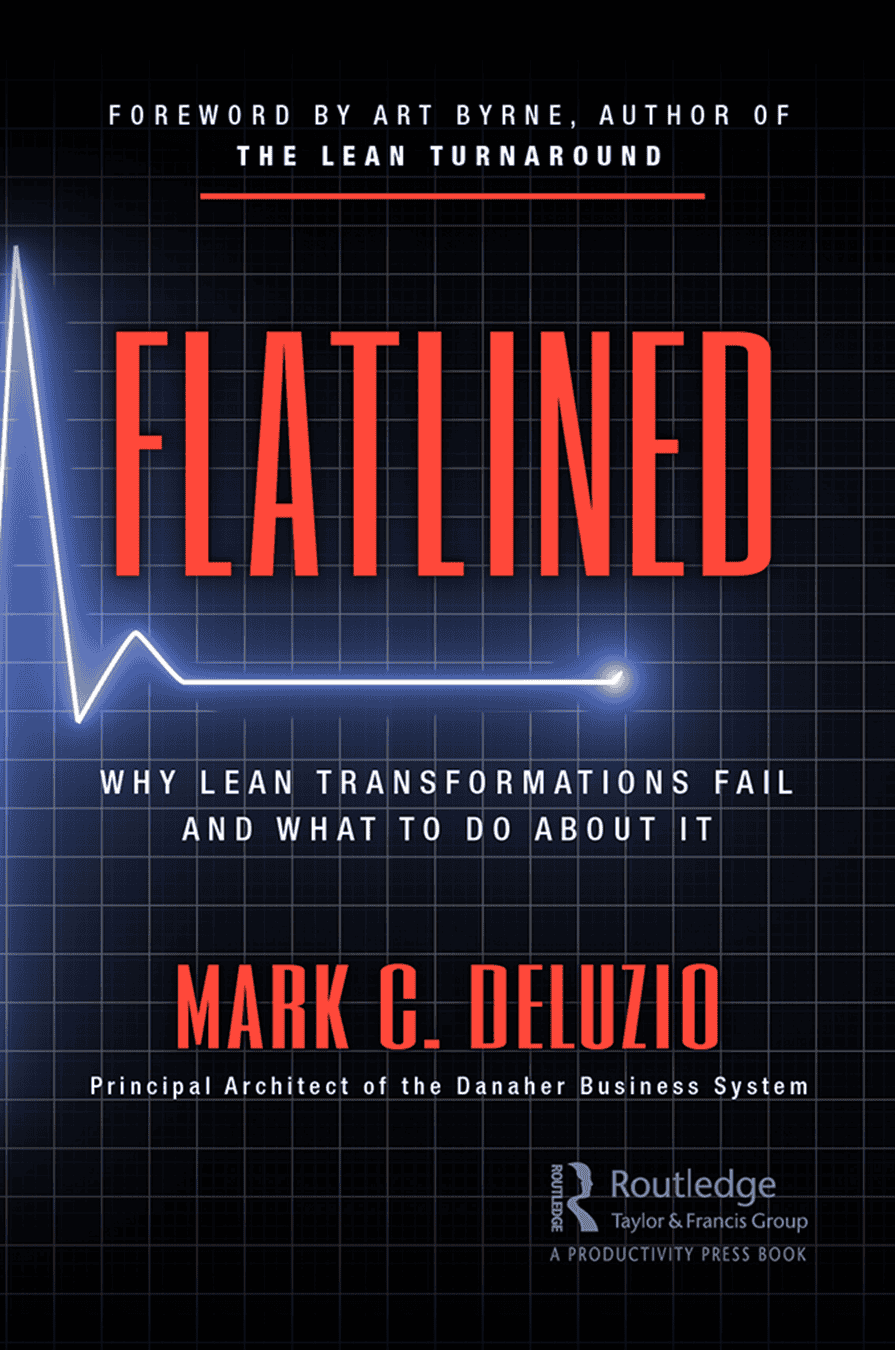Lean and Six Sigma have now matured as the premier continuous improvement tools in today’s business environment. But there is still much confusion over which is the best tool to use and when. Some companies declare themselves staunch six sigma advocates and some are just as passionate about the lean tools. This mindset can often cause us to use the wrong tool set in our continuous improvement endeavors; the proverbial square peg in a round hole.
For example, commissioning a six sigma on a process that is totally out of control is really a waste of time. It is much more advantageous to develop rigorous standard work to remove gross variation first. Then consider if there is enough complexity to apply the six sigma concepts or if simple problem solving is the next best step. Similarly, I have seen teams try to use a six sigma approach to set-up reduction (or SMED activities). This typically results in a long drawn out process that takes way too long. It is much more advantageous to launch a one-week kaizen event where 80% reduction can often be realized by the end of the week.
Continuous Improvement Through Six Sigma
From a different angle, when defects are the result of how we control a number of different variables, and gross variation has already been eliminated through the application of standard work, the six sigma tools can yield some amazing results. Six sigma requires much more data collection and analysis than simple kaizen and problem solving methodologies and thus should be limited to solving complex problems with appropriate return on the investment.
I have found that in most discrete manufacturing applications the use of the six sigma tools is the tool of choice only about 5-10% of the time. This is usually only late in improvement process after the simpler problems have been resolved and gross variation has been weeded out of the process. In continuous process industry applications we tend to use the six sigma tools sooner and the payback is typically much larger but only after standard work has been rigorously established.
Make sure you are putting round pegs in round holes and square pegs in square holes when you choose your continuous improvement tool.

